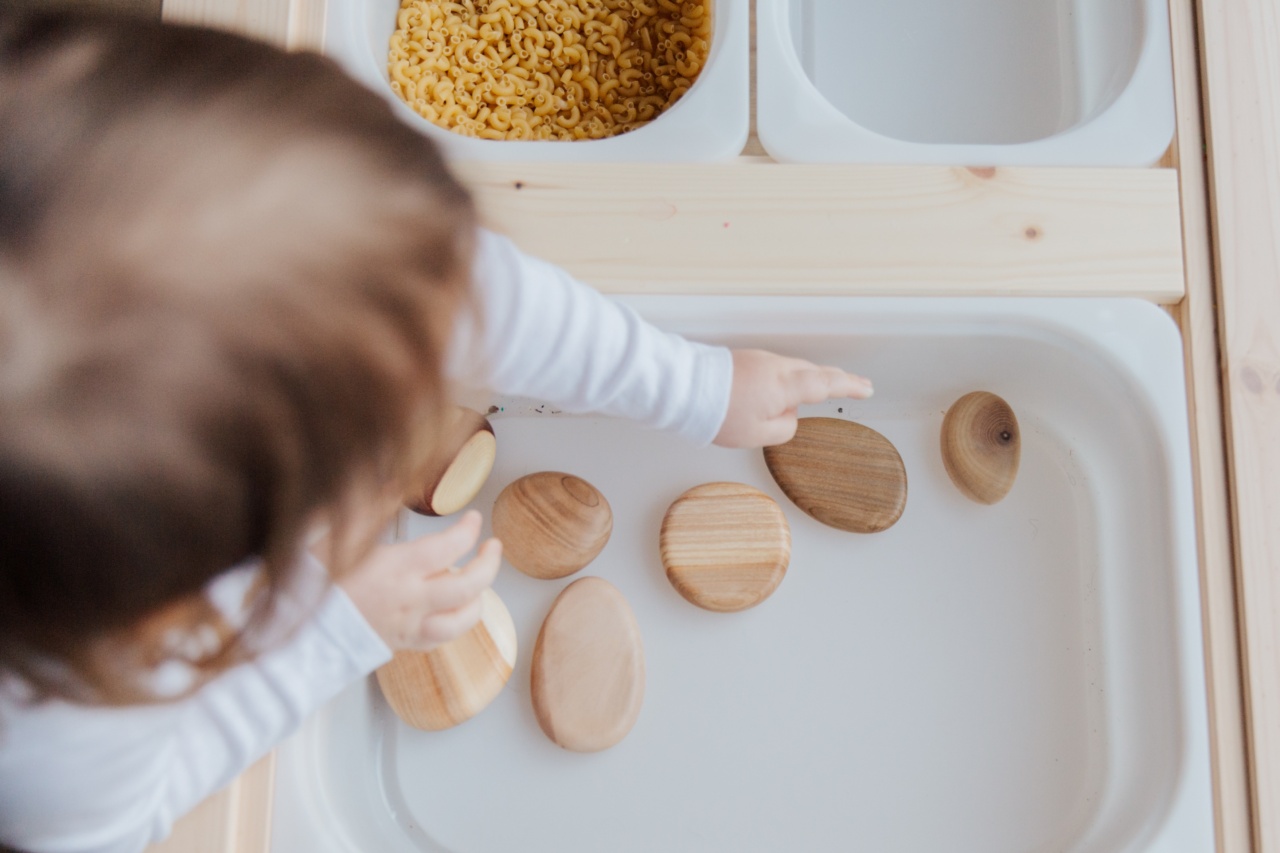When your child decides to put their hair up in a bun, it can be a challenge to get it out without causing discomfort or resistance.
Whether it’s for a special occasion or just a way to keep their hair out of their face, removing a bun requires patience and gentle techniques. In this article, we will explore some methods that will help you safely and easily remove your child’s bun without prodding or pulling on their hair.
1. Preparation is Key
Before attempting to remove the bun, it’s important to gather a few tools that will make the process easier. Here’s what you’ll need:.
– Wide-toothed comb.
– Hair detangler spray or conditioner.
– Hair clips or elastics.
2. Start with a Gentle Approach
Begin by approaching your child calmly and explaining what you are going to do. Reassure them that you won’t pull or tug on their hair. Encourage them to relax and trust you.
Start by gently combing through the hair around the bun with a wide-toothed comb. This will help to remove any tangles or knots that may have formed.
3. Apply Hair Detangler Spray or Conditioner
If the hair around the bun is tangled or difficult to comb through, apply a hair detangler spray or a small amount of conditioner. This will help to soften the hair and make it easier to remove the bun without causing discomfort.
Work the detangler or conditioner through the hair, focusing on the tangled areas. Use your fingers or the wide-toothed comb to gently separate the strands and make them more manageable.
4. Loosen the Bun
Next, gently loosen the bun by carefully undoing any hairpins or elastics that are holding it in place. Take your time and be patient, ensuring that you are not pulling on the hair or causing any pain.
If the bun is held together tightly, you can insert a finger between the bun and the head to create some space. This will make it easier to remove without causing discomfort.
5. Divide and Conquer
Once the bun is loosened, divide it into smaller sections. This will make it easier to unravel and remove without tugging on the hair. Use hair clips or elastics to secure the divided sections temporarily.
Starting with the bottom section, gently unravel the hair by using your fingers or the wide-toothed comb. Take your time and be gentle, especially if the hair is prone to tangling. Repeat this process for each section until the bun is completely undone.
6. Comb Through the Hair
After removing the bun, comb through the hair again with the wide-toothed comb. This will help to remove any remaining tangles or knots that may have been hidden by the bun.
If necessary, you can also use the detangler spray or conditioner again to make the hair more manageable and smooth.
7. Style as Desired
Once the hair is completely free from the bun and any tangles, you can style it as desired. Whether your child prefers a ponytail, braids, or leaving their hair down, gently and carefully create the hairstyle they want.
8. Communicate and Praise
Throughout the process, maintain open communication with your child. Ask if they are feeling any discomfort or if they need a break. Assure them that you are doing your best to be gentle and that their comfort is your priority.
Offer praise and positive reinforcement for their patience and cooperation. Let them know that you appreciate their trust and cooperation in letting you remove their bun without prodding or pulling on their hair.
9. Establish a Routine
To make future bun removals easier, establish a routine and communicate it to your child. Let them know what to expect and involve them in the process as much as possible.
Creating a predictable routine will help build trust and reduce anxiety around bun removal.
10. Seek Professional Help
If your child’s bun is particularly stubborn or if they have extremely long or thick hair that is difficult to manage, consider seeking professional help.
A hairstylist can provide guidance and techniques specific to your child’s hair type, ensuring a comfortable and efficient bun removal experience.
Conclusion
Removing your child’s bun without prodding and pulling on their hair requires patience, gentle techniques, and clear communication.
By following the steps outlined in this article, you can ensure a comfortable and stress-free process for both you and your child. Remember to be patient, use the right tools, and always prioritize your child’s comfort.































